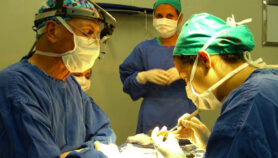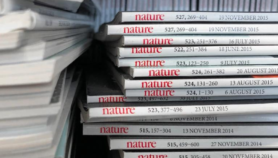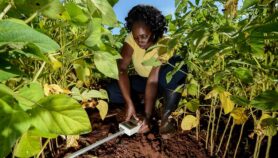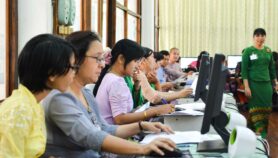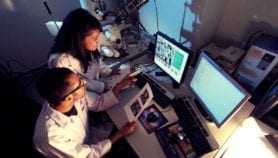By: Yojana Sharma
Send to a friend
The details you provide on this page will not be used to send unsolicited email, and will not be sold to a 3rd party. See privacy policy.
One in five scientific papers is now available freely on the internet, the first global study of research papers across all disciplines has found.
Researchers looked at global data for research papers published in 2008: almost nine per cent were freely available on publishers’ sites (‘gold’ access) and another 12 per cent on authors’ or departmental websites (‘green’ access).
Chemistry papers were least likely to be freely available, with only 13 per cent open access, while Earth Sciences papers were the most likely to be free — with one in three open access.
Latin American and Indian publications were more likely than average to be freely available "because of the availability of open access platforms [there]", said Bo-Christer Björk, lead author based at the Hanken School of Economics in Finland.
But he added that Chinese articles were under-represented in part because of the difficulties of finding them on the search engine, Google.
There have been few comprehensive studies tracking the extent of open access archiving. A 2009 survey published in Information Research by the same team put the proportion of open access papers in 2006 at around 19 per cent.
More copies are being deposited in subject-specific open access archives than on the home pages of authors or their departments as was the case in the past.
"A majority of international publishers actually allow the posting of some versions of published articles, sometimes after a delay, in such repositories," Björk told SciDev.Net.
"Funding organisations are increasingly making it a condition of their funding that a copy is also available open access," Björk said. When around a third of all research articles become open access, libraries will seriously question paying for journals, he added.
"I would expect that the overall percentage would increase by 1–1.5 per year based on the number of open access journals in existence," he said, adding that this might increase further in the future.
"Professor Björk’s data is extremely important but it is not that sensitive," said Stevan Harnad, ‘open access scientometrics’ researcher from the UK-based Southampton University. "What was missing from the analysis was from when papers were made free to view."
"The growth rate in green and gold open access is not the same — green is only at around 15 per cent," he said. "Gold open access is growing fairly steadily year to year while green publishing is accelerating."
The survey was published last month (23 June) in PLoS ONE.




